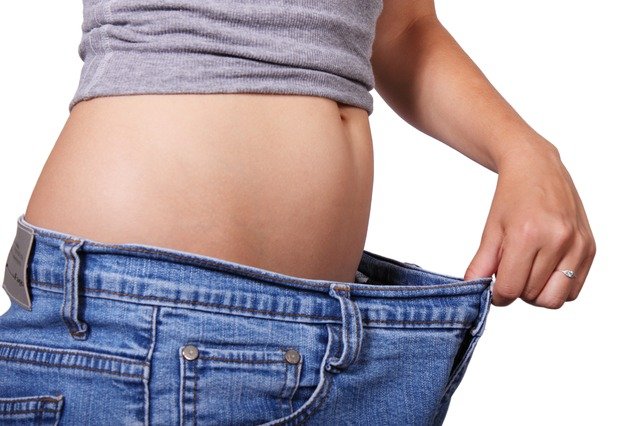
It is known that obesity is very harmful to our body.
More and more researches show that belly fat, the fat builds up deep in the abdomen, is more dangerous than fat on other body parts.
For example, one study shows that belly fat may increase the risk of insulin resistance and type 2 diabetes.
Researchers from Columbia University find that at least one reason for this harmful effect comes from the liver.
In obesity, the liver increases its production of an enzyme called DPP4.
This enzyme travels through the bloodstream to abdominal fat. Once inside fat tissue, DPP4 helps to activate inflammatory cells.
When the DPP4 production is stopped in the liver, insulin resistance is improved.
The researchers suggest that if they can target liver DPP4 in people, it may be a powerful new way to treat obesity-induced type 2 diabetes.
Since belly fat is very harmful, experts suggest some ways to get rid of it. Most of them are lifestyle changes.
Have a long-term healthy eating plan, not diet
Losing belly fat requires lots of time and effort. To achieve the goal, you need to have a healthy eating plan you can stick to.
The eating plan should be realistic and forgiving. Sometimes dieting may help you lose weight fast, but you cannot do it for a long time and once you stop, you may regain your weight.
Try curbing carbs instead of fats
Johns Hopkins University researchers find that low-carb diets are more effective than low-fat diets in reducing belly fat.
Low-carb diets also lead to high-quality weight loss, meaning you lose more fat and while keeping muscles.
Read food labels carefully and don’t eat processed food
You should compare brands. Pay attention to calories, total fat, saturated fat, trans fat, added sugar and carbs.
You also need to stop eating processed food that is often heavy on trans fats, added sugar and added salt or sodium. These things make it hard to lose weight.
Keep moving
Physical activity helps burn abdominal fat.
It reduces circulating levels of insulin, which would otherwise signal the body to hang on to fat, and causes the liver to use up fatty acids, especially those nearby visceral fat deposits.
Focus on your waistline, not the scale number
As you add muscle mass and lose fat, the reading on your bathroom scale may not change much, but your pants will be looser.
Measured around, your waistline should be less than 35 inches if you’re a woman or less than 40 inches if you’re a man to reduce heart risks.
Copyright © 2018 Knowridge Science Report. All rights reserved.



